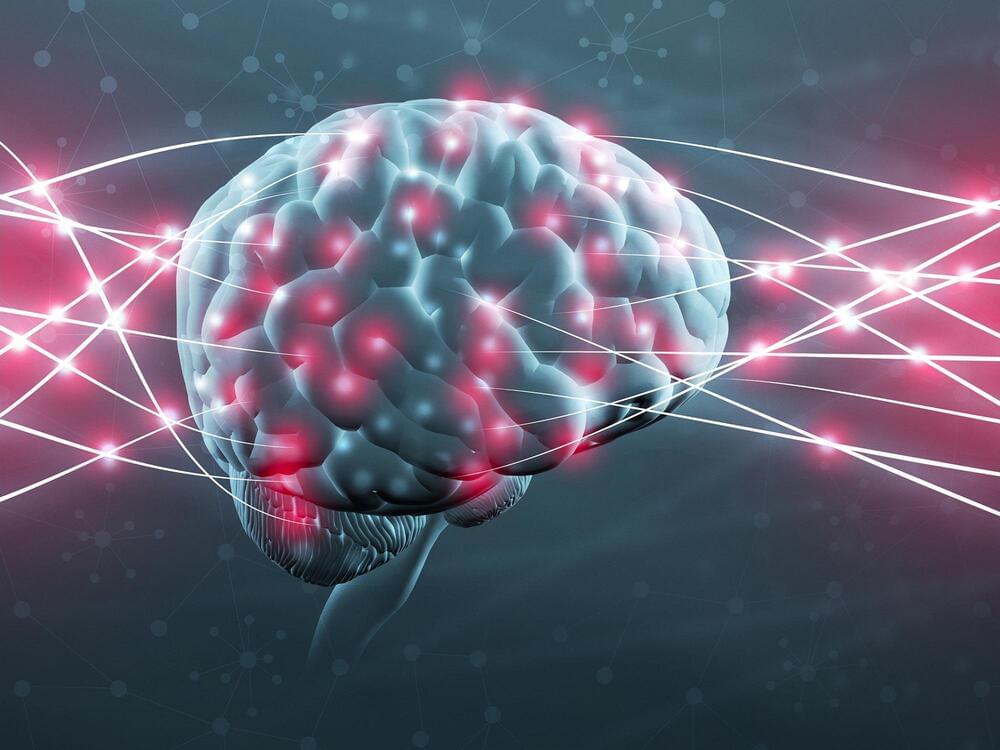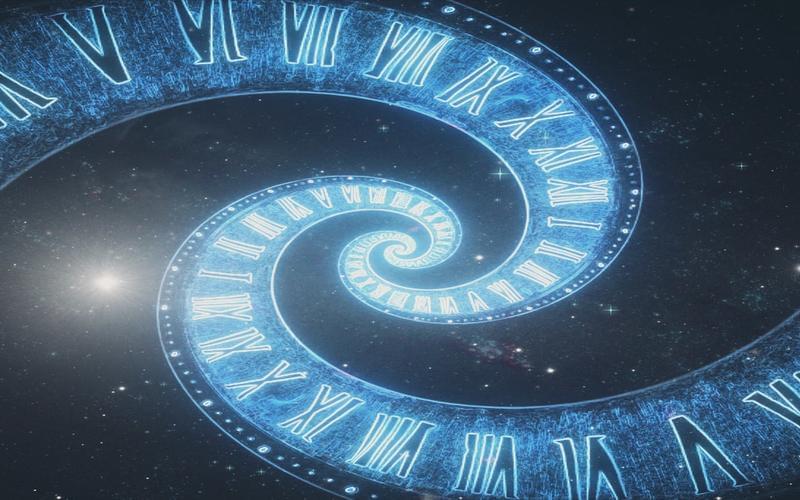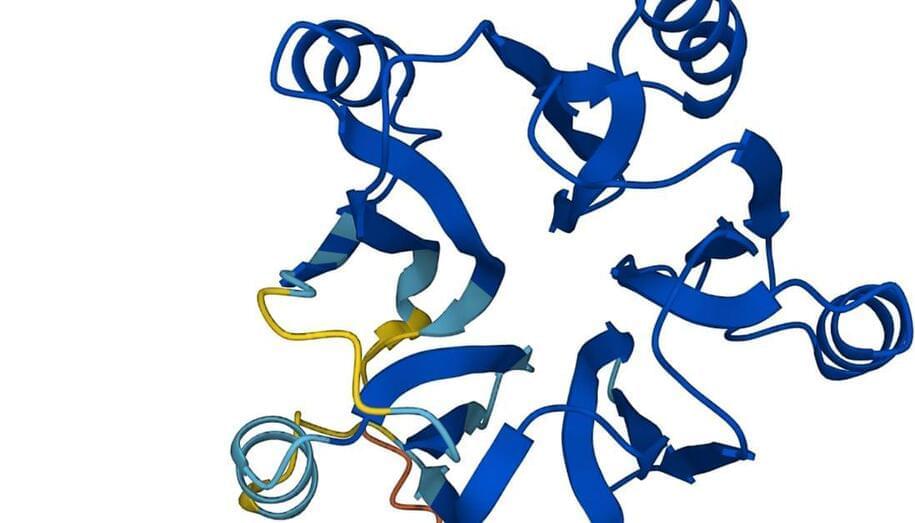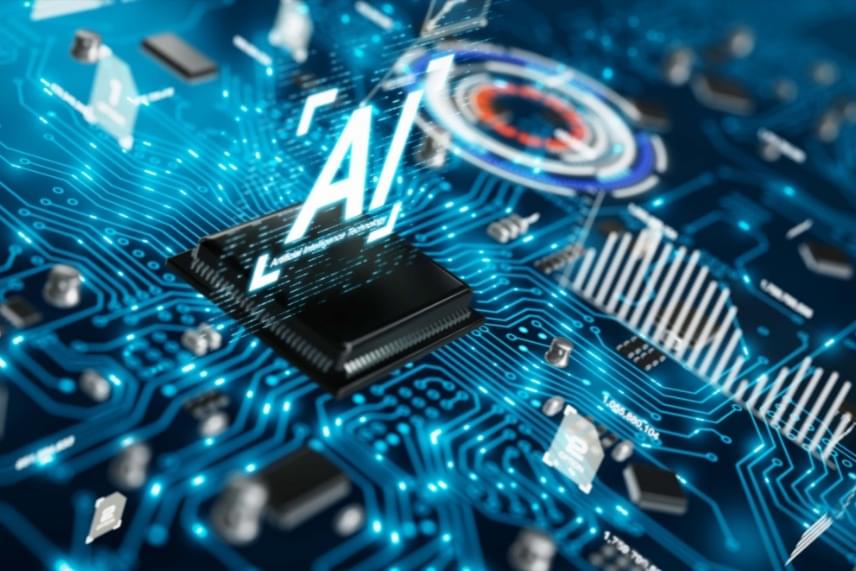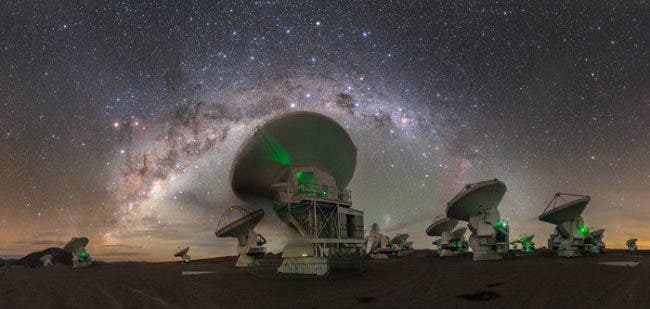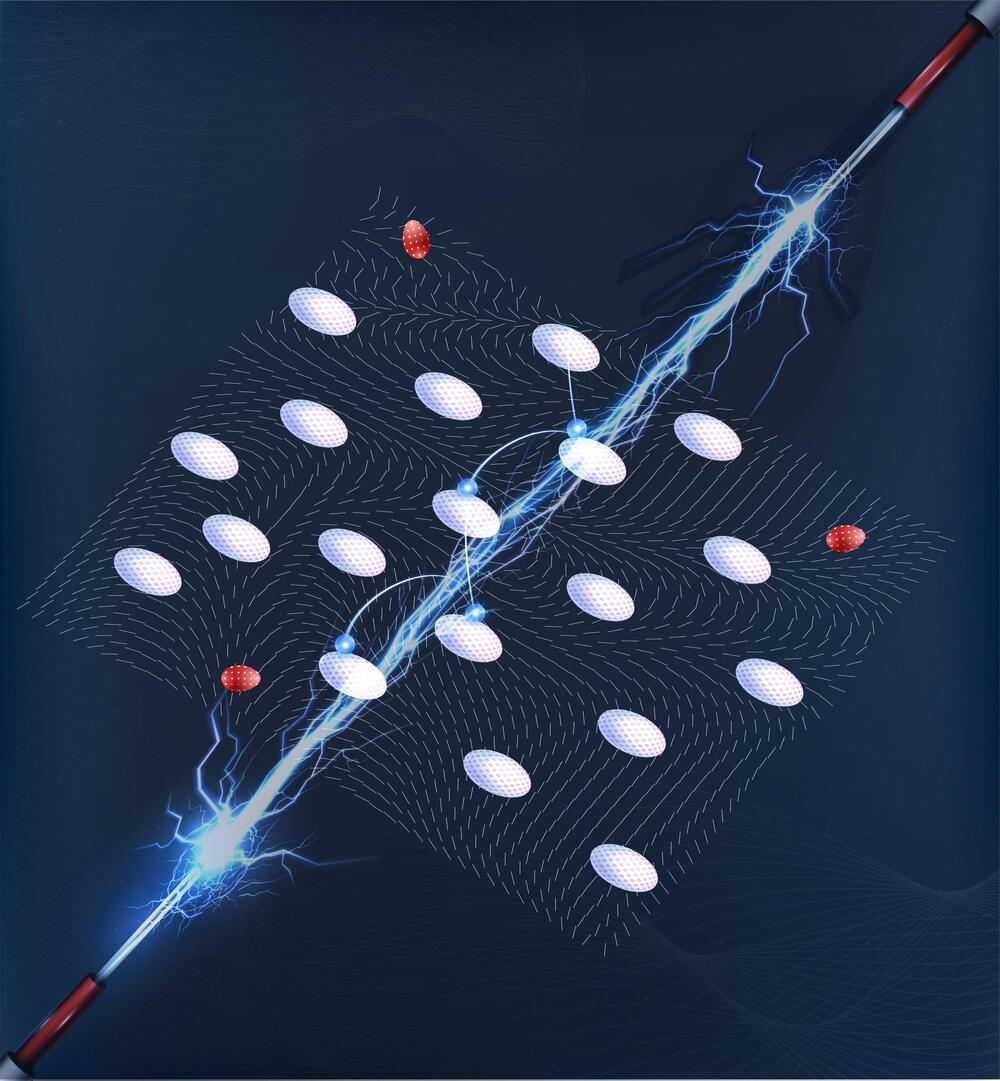Aug 3, 2022
Traffic Noise Can Slow Cognitive Development
Posted by Saúl Morales Rodriguéz in categories: education, health, neuroscience
However, the research which was published in PLoS Medicine found that noise levels in the house had no effect on the results of working memory and attention tests.
Road traffic noise is a common issue in cities, but its effects on children’s health are still not fully known. According to recent research done at 38 schools in Barcelona, road noise has a negative impact on how well working memory and attention are developed in young children. The results of this investigation, which was conducted under the direction of the Barcelona Institute for Global Health (ISGlobal), a facility supported by the “la Caixa” Foundation, were released in the journal PLoS Medicine.
2,680 kids between the ages of 7 and 10 participated in the study, which was part of the BREATHE initiative and directed by researchers Maria Foraster and Jordi Sunyer. The researchers focused on attention and working memory, two skills that grow quickly throughout preadolescence and are crucial for learning and academic success, in order to gauge the potential effects of traffic noise on cognitive development.
